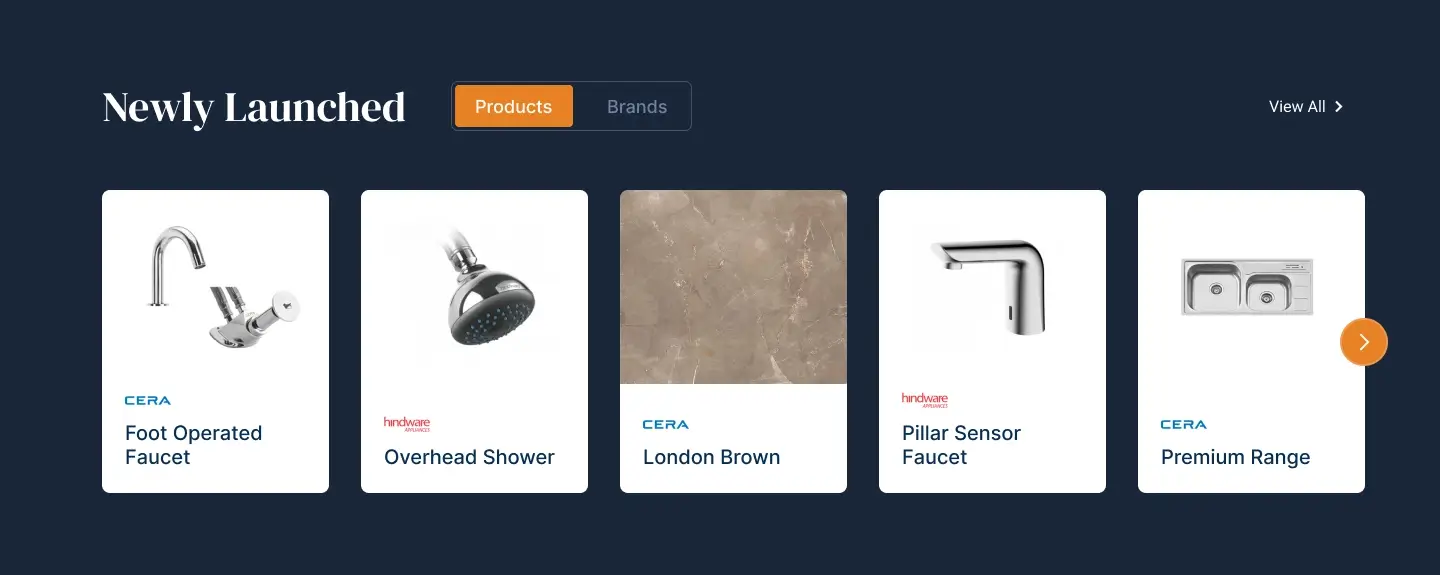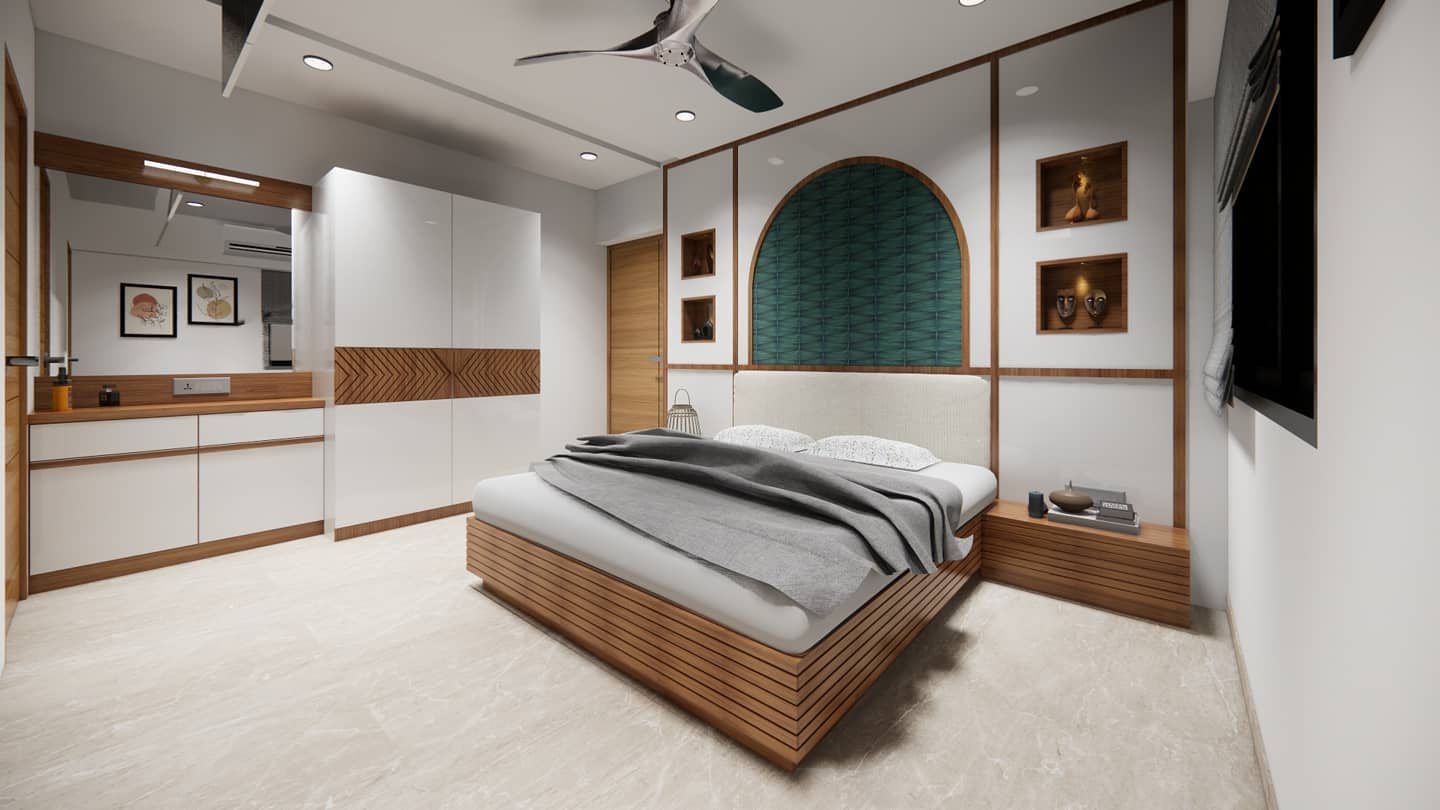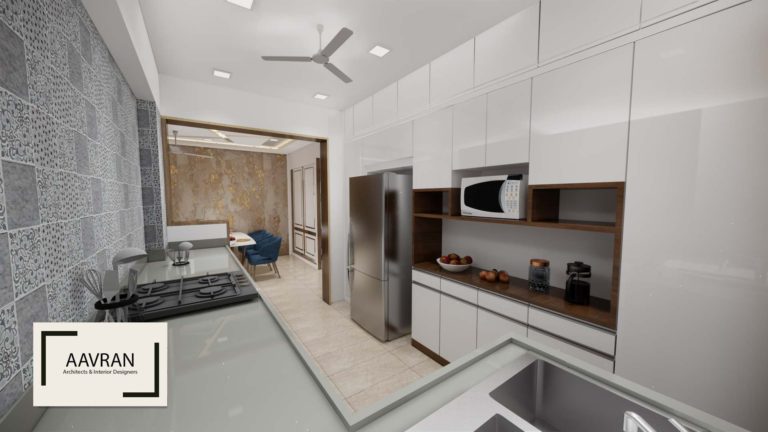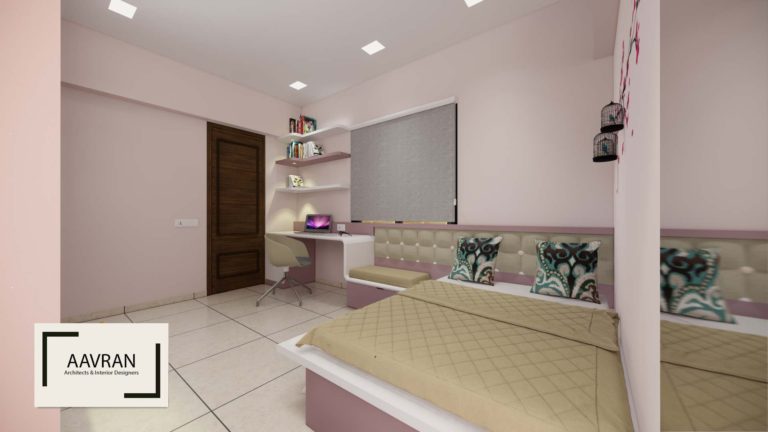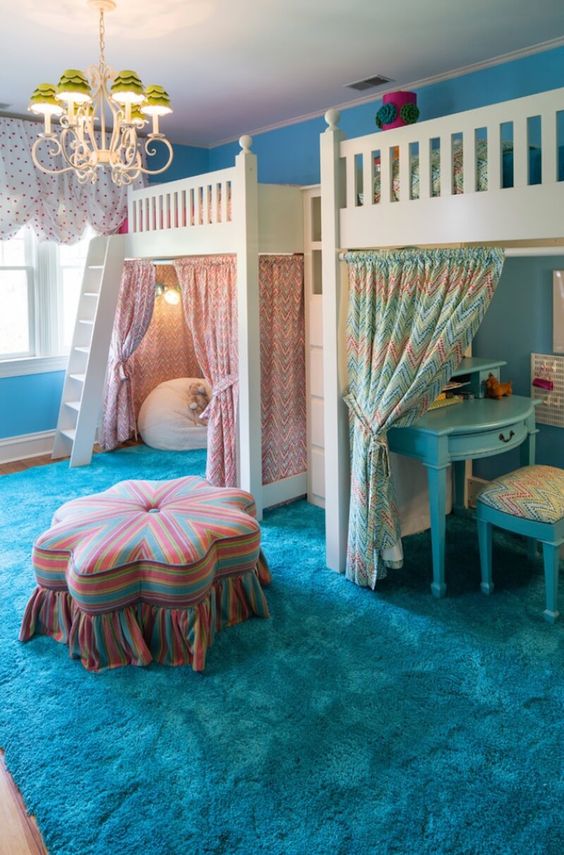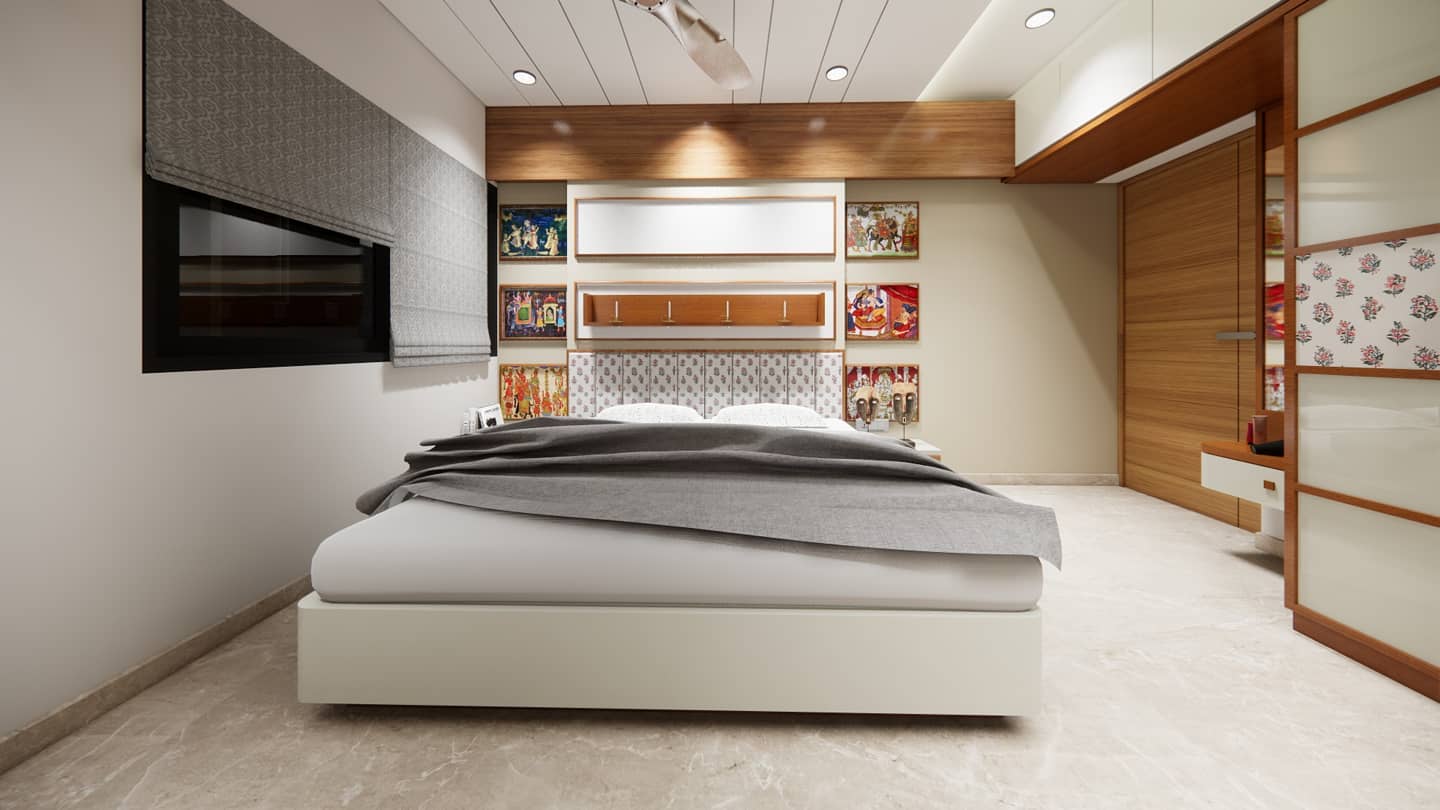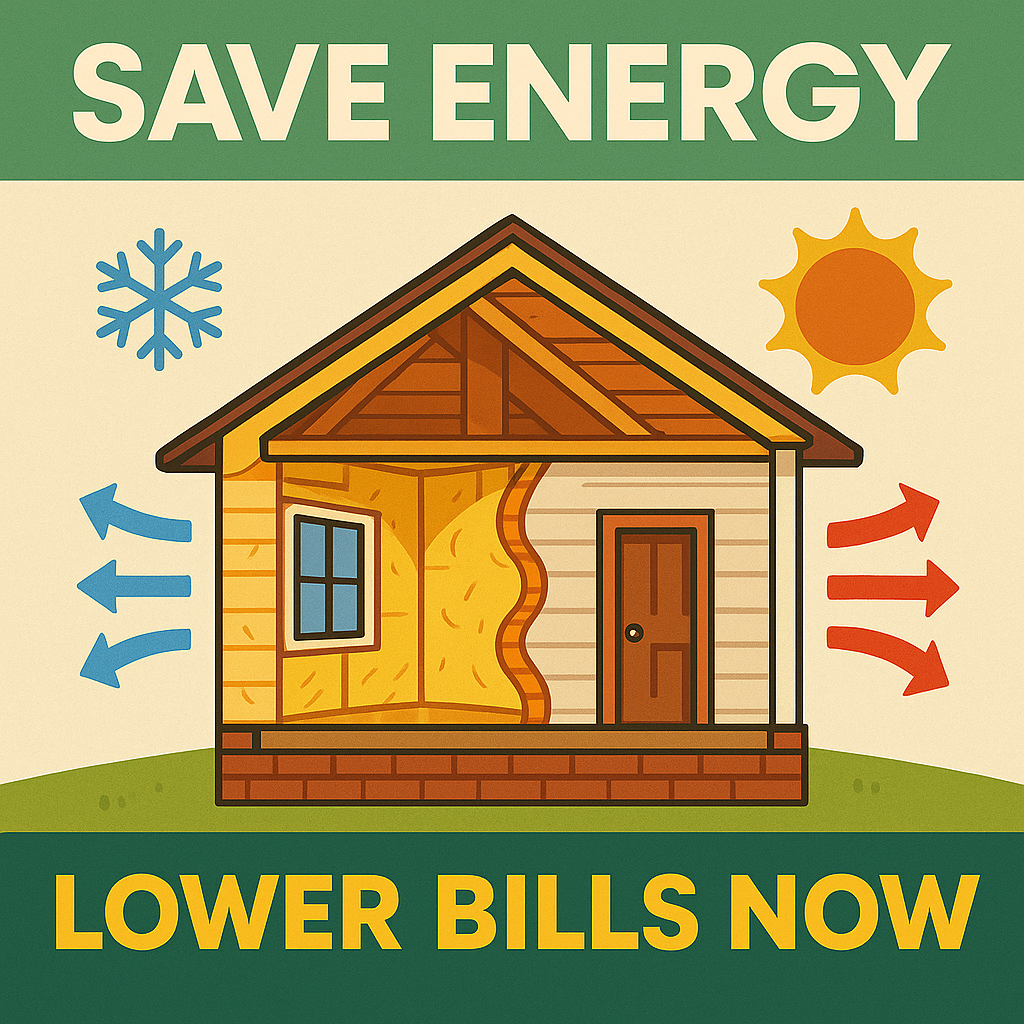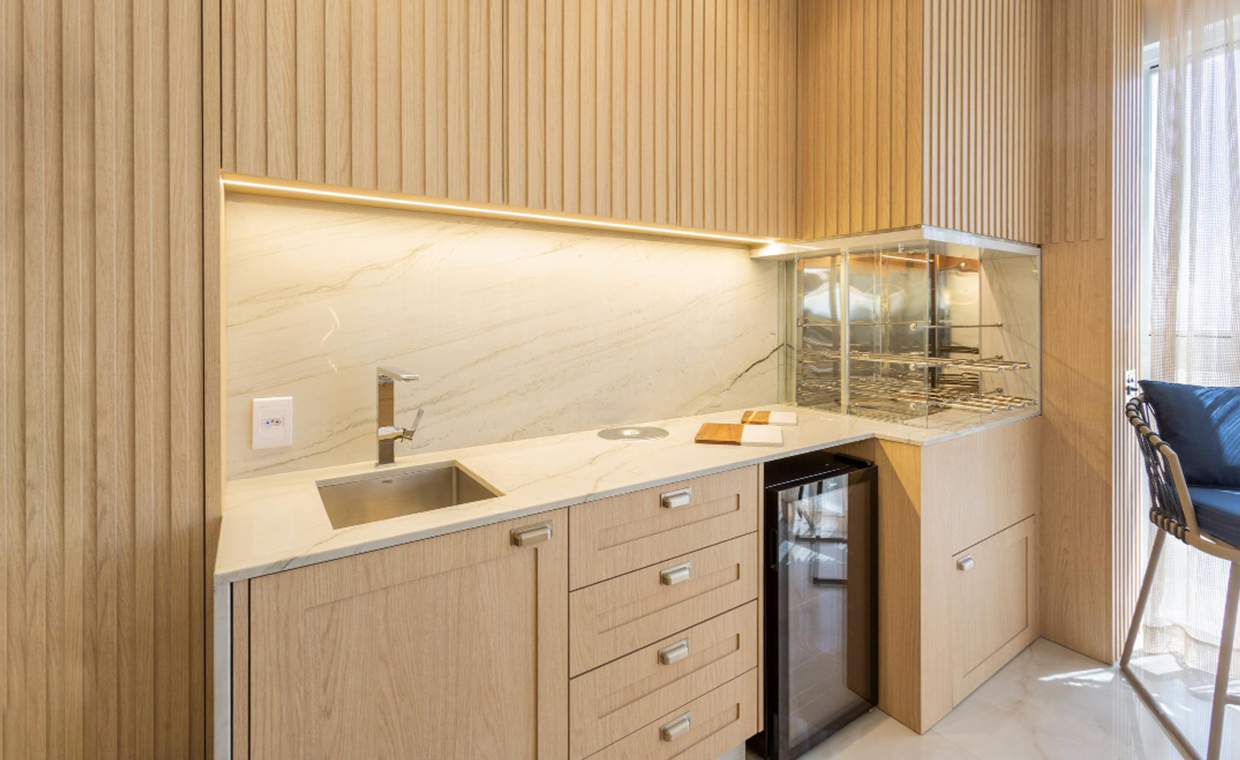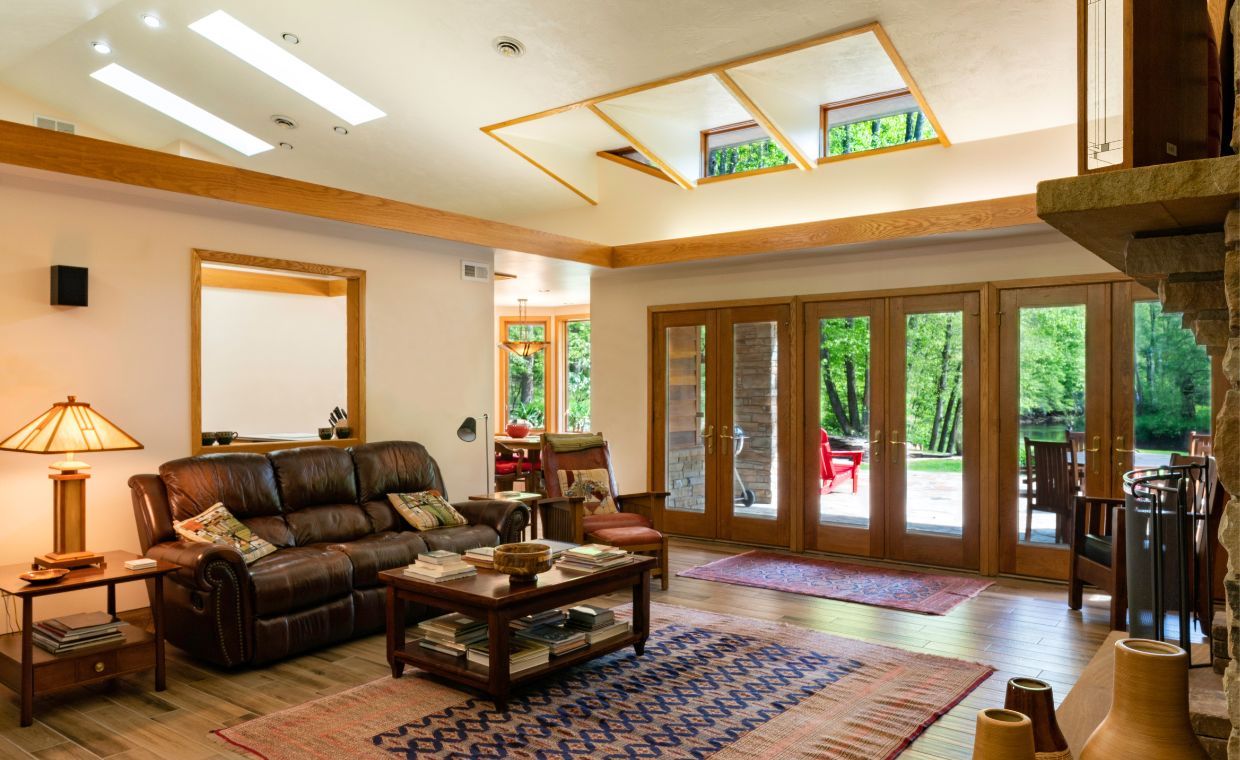
Table of Contents
What is Block Construction?
Block construction is the most trusted and popular technique that prevail among all in innovative architecture. It includes the use of block materials such as concrete, clay, or aerated blocks for building strong, cost-effective, and environment-friendly structures.
In fact, this has been the method on which the entire evolution of the construction industry is reliant. From small residential homes to huge commercial buildings, block construction finds its critical role in providing strength, thermal efficiency, and design flexibility.
It becomes an important part in today’s building projects. It provides durability and versatility in cost-efficiency. This technique is important in residential and commercial buildings alike. In this
blog, we will look at all about advantages, types, and applications, and why it is a popular method in the industry.
Key Benefits of Block Construction

The popularity of block construction is no surprise. Here’s why it continues to dominate the building industry:
01. Exceptional Durability
Blocks are very tough and can stand in different kinds of weather with almost no care.
02. Energy Efficiency
Block structures have insulation that is quite natural, which means they are energy efficient in terms of heating and cooling.
03. Cost-Effectiveness
Blocks are a cost-effective material for both big and small constructions. They are made of modular units which make the construction process fast also reduces labor and time costs.
04. Design Flexibility
Blocks are available in different shapes, sizes and materials and thus provide the architects with a lot of options for the design.
05. Eco-Friendliness
Most of the blocks that are currently available in the market are produced from recycled materials such as fly ash or AAC blocks, which makes them environmentally friendly.
Types of Blocks in Construction

Selecting the right material for a project demands knowledge of the several types of blocks.
01. Concrete Blocks
The most common type of block also famous for their resilience and flexibility, these blocks come in great numbers. They are good for support walls as well as underpinnings.
Learn more: Concrete Block as a Building Material: Uses | Types | Pros & Cons!
02. Aerated Autoclave Concrete (AAC) Blocks
Because of their insulating properties and sustainability, AAC blocks are rising in popularity. They are light and very easy to handle.
03. Hollow Blocks
The blocks are meant to reduce the weight of the construction without compromising its strength. With them, high-rise buildings appear quite nice.
04. Fly Ash Blocks
Fly ash, a byproduct of coal combustion, produces blocks that are almost indestructible and environmentally friendly too.
Applications of Block Construction
Block construction finds application in a wide range of projects, showcasing its versatility:
01. Residential Construction
Blocks are commonly employed for foundations and walls in homes and condos. Sound insulation from blocks together with temperature control make them ideal for domestic applications.
02. Commercial Construction
Commercial buildings need materials able to withstand daily wear and tear as well as heavy loads. Offices, shopping centers, and industrial buildings are common applications for concrete and AAC blocks.
03. Infrastructure Development
Long-term durability and stability of infrastructure projects like bridges, tunnels, and dams depend on the strength of blocks.
04. Landscaping
Block materials possess aesthetic and performance characteristics that benefit outdoor structures, garden edging, and retaining walls.
The Role of Block Construction in Sustainability
In an era where environmental concerns are at the forefront, block construction provides a sustainable solution for builders and developers.
01. Use of Recycled Materials
Materials including fly ash blocks use waste products, thereby decreasing landfill rubbish and saving existing resources.
02. Energy Conservation
The insulation qualities of blocks lower the demand for energy-intensive heating and cooling systems.
03. Minimal Construction Waste
Its accuracy helps keeps waste of material down, therefore helping to make a more sustainable building process.
04. Long Lifespan
Durable materials will help to decrease the total carbon footprint by reducing constant replacement or repairs.
Challenges in Block Construction
Apart from providing numerous advantages, there are challenges to consider:
01. Heavier Materials
Some blocks, like solid concrete, are heavy and require careful handling during construction.
02. Specialized Equipment
Using AAC and other technical blocks could demand further equipment or knowledge, hence raising initial expenses.
03. Limited Aesthetic Appeal
Simple concrete blocks can seem rather dull, but this can be counteracted with decorations or finishes.
Innovations in Block Construction
The construction industry is continually evolving, and block construction is no exception. Recent innovations include:
01. Smart Blocks
With sensors, smart blocks observe environmental conditions and structural integrity, so they are perfect for high-tech buildings.
02. 3D Printed Blocks
Improved 3D printing technology is allowing the production of custom-designed blocks with less waste and complex features.
03. Carbon-Sequestering Blocks
Helping to fight climate change as well as supplying strong building materials is some businesses working on carbon dioxide-absorbing blocks.
How Block Construction Enhances Project Efficiency?
Block building is another term for efficiency. Its modular architecture simplifies the construction, therefore lowering project expenses and timelines. Furthermore, since they reduce the chances of structural collapses, the strength and dependability of blocks guarantee a stable and safe finished product.
Conclusion: Building a Sustainable Future with Block Construction
Modern construction industry relies heavily on block building, which remains an essential component of present-day building techniques. Its mix of sustainability, cost efficiency, and durability makes it a popular option for builders everywhere.
Looking into block construction possibilities is vital for anyone intending a building project. We can build structures that last several years and reduce ecological consequences by using cutting-edge materials and sustainable techniques.
Also Read: Comparison of Red Bricks vs AAC Blocks vs Fly Ash Bricks vs Solid Concrete Blocks vs CLC Blocks





